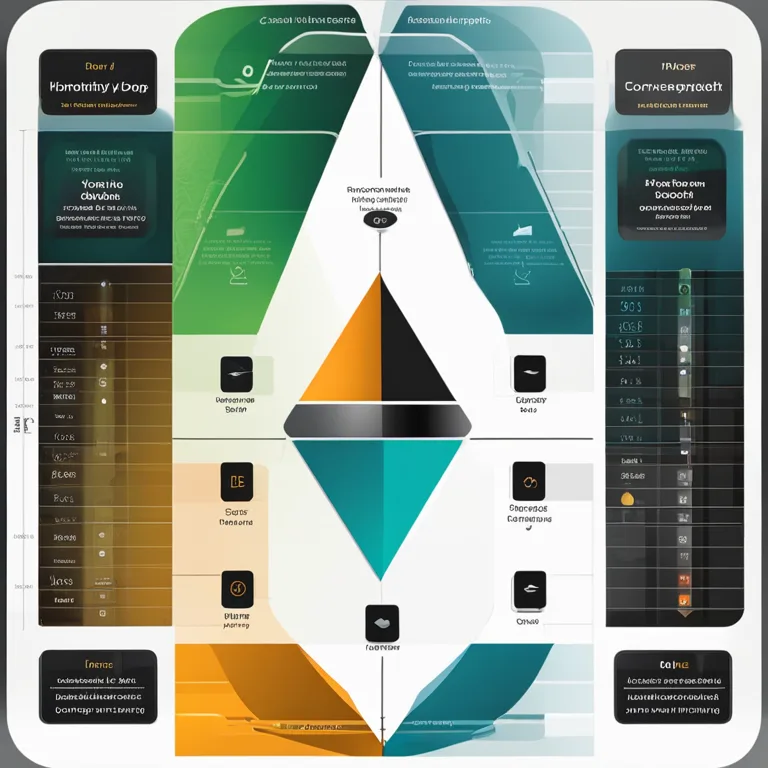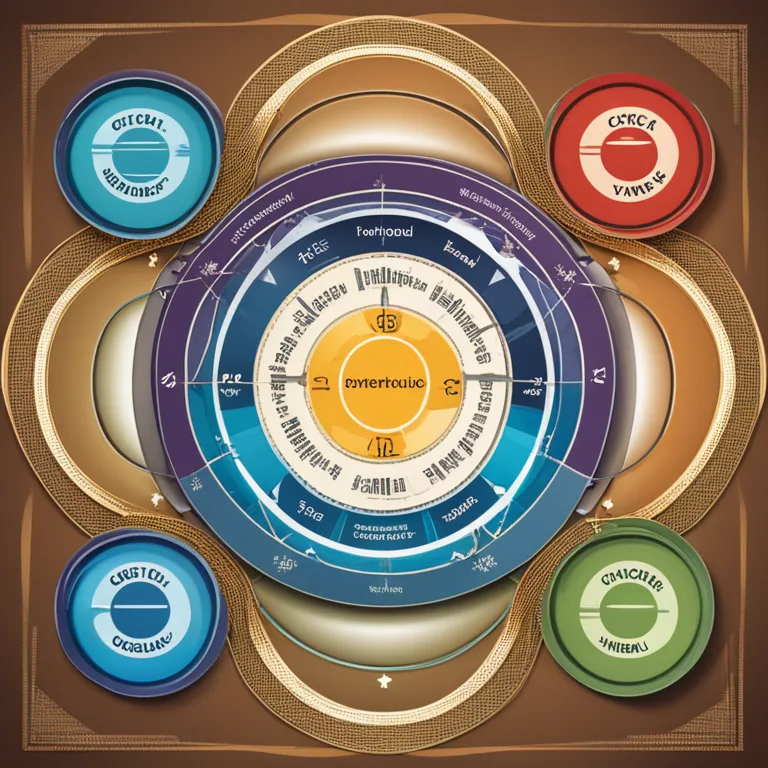
The Mechanics of Biorhythms: Personal Cycles Analysis
Delve into the workings of biorhythms and discover how they are believed to chart personal energy cycles and predict well-being.
article by Adrian Wallace
Biorhythms: A Brief Introduction
The concept of biorhythms is a fascinating pseudoscientific idea that suggests our daily lives are influenced by rhythmic biological cycles. Proponents believe that understanding these cycles can help individuals anticipate and better navigate periods of strength and weakness. It starts from the premise that from the moment of birth, three cycles begin to tick: the Physical, Emotional, and Intellectual cycles, each with its own ebb and flow influencing our capabilities.

Understanding the Three Core Cycles
The Physical cycle, lasting 23 days, is thought to affect vitality, endurance, and overall physical condition. When the curve is in the positive phase, one may feel full of energy, while a negative phase suggests a time for rest and recovery. The Emotional cycle, with a 28-day duration, impacts mood and creativity, potentially making one feel upbeat or downcast depending on the cycle's phase. The Intellectual cycle spans 33 days and is proposed to govern analytical thinking, memory, and communication abilities.

Creative Realms: The Lesser-Known Cycles
Beyond the primary cycles, other biorhythms are sometimes considered, such as the 38-day Intuitive cycle, believed to influence unconscious perception and hunches, and the 43-day Aesthetic cycle, related to creativity and the appreciation of beauty. Some even count a 53-day Spiritual cycle, which may affect one's sense of harmony and connection to the greater whole. However, these additional cycles are less commonly referenced and have found even less empirical support than the core three.

Charting the Cycles: Methods and Tools
Charting one's biorhythms typically involves calculating the days since birth and applying mathematical models to predict the phases of each cycle. Today, numerous apps and online calculators make this process user-friendly, providing visual representations of the crossing points between the different cycles—times that may signal significant shifts in one's abilities and moods.

Scientific Backing and Limitations
Although the idea of biorhythms is popular in various circles, it is important to note that scientific evidence does not robustly support the theory. Critics argue that the concept lacks empirical grounding and that controlled studies have failed to find consistent correlations between these cycles and individual performance. Nevertheless, many people continue to find the idea intriguing and use it as a lens to reflect on their personal experiences.
Practical Applications of Biorhythms
Despite the lack of conclusive evidence, some enthusiasts leverage biorhythms for personal insights. They may align important activities or events with perceived optimal phases in their cycles or use their low-energy periods for rest and contemplation. Whether for self-reflection or mere curiosity, tracking one's biorhythms can offer a personalized framework for considering the interplay of physical, emotional, and intellectual dynamics.
Final Thoughts on Personal Cycles
Biorhythms provide an interesting perspective on the rhythmic patterns of human life. While it remains a much-debated topic regarding its scientific validity, its popularity endures among those who seek personalized insights into well-being and performance. As we move forward, perhaps further research will clarify the scientific standing of biorhythms or pave the way for new interpretations of our innate cycles.
Published: 12/28/2023
Modified: 12/28/2023
More predictions
Come back here soon to learn more about yourself and your future


Biorhythm Compatibility & Birthdays
Discover the intriguing connection between your birthday biorhythms and relationship harmony in our insightful article.


Exploring Human Biorhythmic Cycles
Explore the fascinating concept of biorhythms and their influence on physical, emotional, and intellectual faculties in humans.


Biorhythm Wheel: Unlocking The Secrets
Explore the intriguing world of the biorhythm wheel to understand your physical, emotional, and intellectual cycles for enhanced well-being.